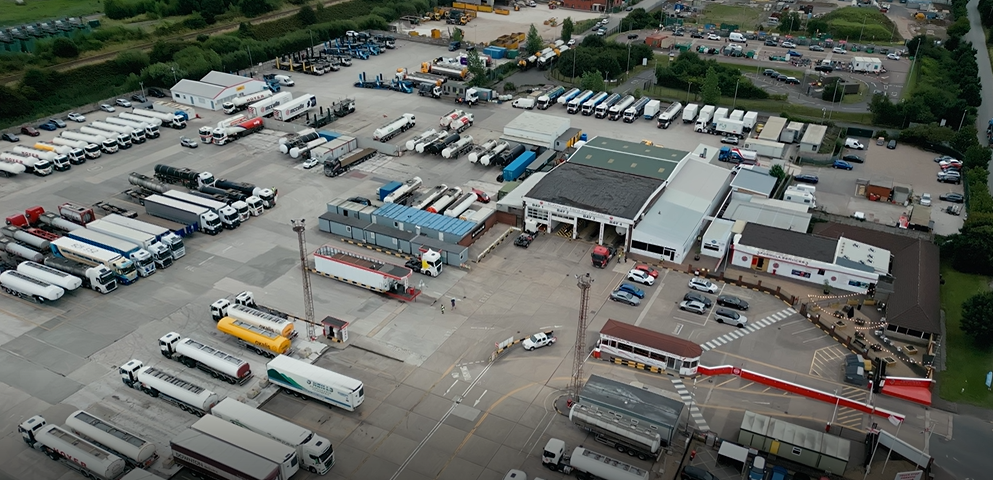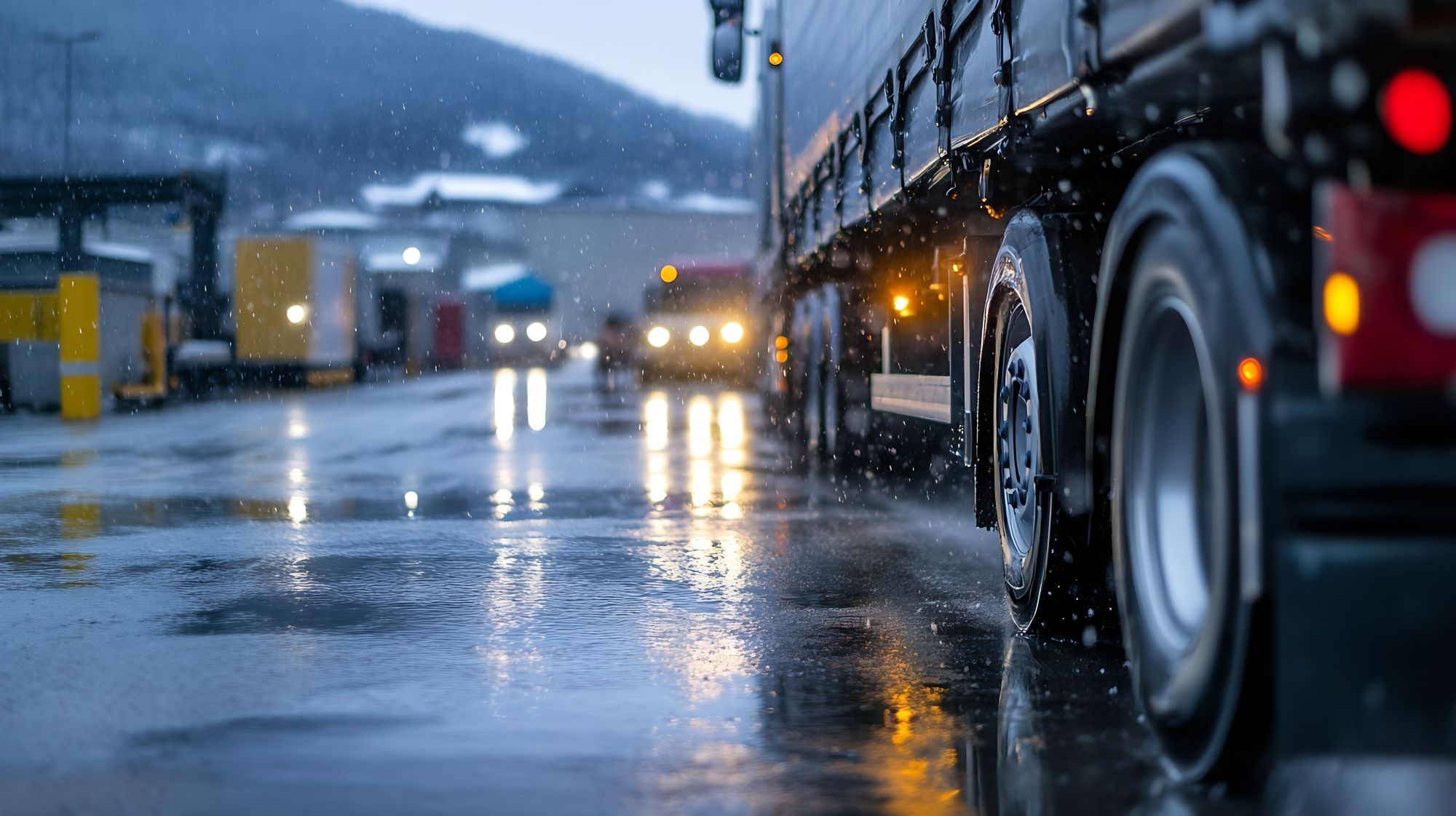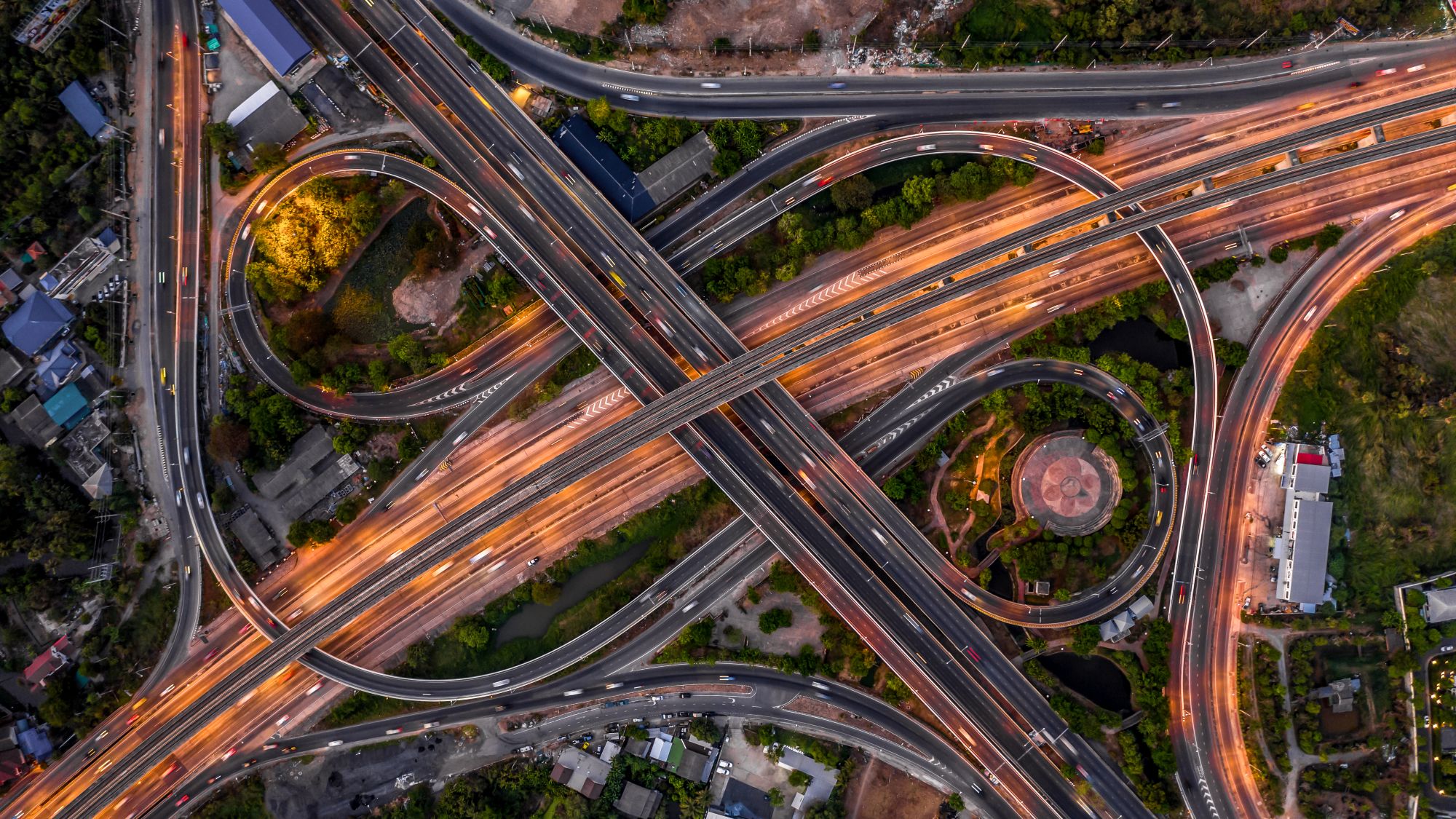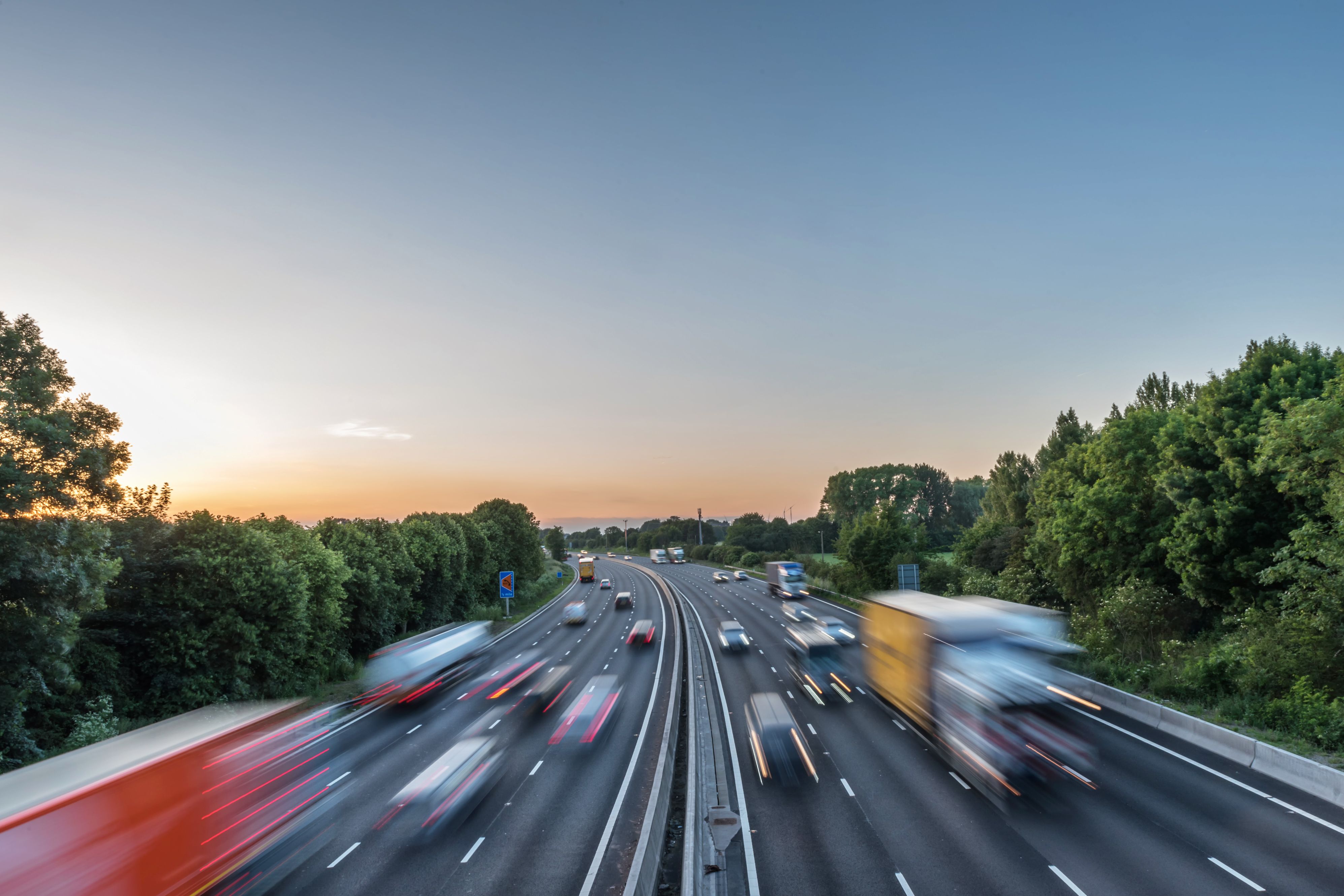
Miranda Blake
Wie die Logistikbranche Sicherheit und Komfort für europäische Lkw-Fahrer gewährleisten kann
Erstellt: 08.01.2025
•
Aktualisiert: 08.01.2025
Durch die Umsetzung neuer Vorschriften, den Einsatz von Technologien und das Engagement für das Wohlergehen der Fahrer kann die Logistikbranche auf eine sicherere Zukunft für Lkw-Fahrer hinarbeiten und gleichzeitig den Komfort fördern.
Aber wie genau wird das alles in die Tat umgesetzt? Lesen Sie weiter, um es herauszufinden...
Bewusstsein für Europas gefährliche Autobahnen
Wir haben bereits [Untersuchungen] (https://snapacc.com/hazardous-highways/) durchgeführt, die die gefährlichsten Straßen in ganz Europa beleuchteten und Länder wie Bulgarien und die Tschechische Republik als die Länder mit den meisten Verkehrstoten pro 10.000 Meilen Straßennetz identifizierten.
Diese Analyse ist von entscheidender Bedeutung, um zu verstehen, wo die Risiken am größten sind, und um den Bedarf an gezielten Maßnahmen zur Verbesserung der Sicherheit zu ermitteln. Mit diesen wichtigen Informationen können sich die Fahrer besser auf ihre Fahrten vorbereiten und fundierte Entscheidungen über ihre Routen und Rastplätze treffen.
Die Rolle der Technologie bei der Verbesserung der Sicherheit
Intelligenz, die durch Innovationen wie GPS-Navigationssysteme, Echtzeit-Verkehrsinformationen und fortschrittliche Fahrerassistenzsysteme (ADAS) gewonnen wird, ist ebenfalls entscheidend. Diese technologischen Fortschritte liefern nicht nur wichtige Daten über den Straßenzustand, sondern helfen Lkw-Fahrern auch, fundierte Entscheidungen über ihre Fahrten zu treffen. GPS-Systeme können zum Beispiel alternative Routen vorschlagen, die potenzielle Gefahrenstellen umgehen, während aktuelle Verkehrsmeldungen vor Verspätungen oder Unfällen warnen können. Dadurch sind die Fahrer besser in der Lage, [ihre Fahrten zu optimieren] (https://snapacc.com/newsroom/route-optimisation-with-fleet-management-software-snap-account/).
Darüber hinaus bieten ihnen Anwendungen wie [intruck] (https://intruckapp.com/download/) Zugang zu detaillierten Informationen über Lkw-Haltestellen in ganz Europa und stellen sicher, dass sie geeignete Rastplätze finden - dies ist besonders für Fernreisende von Vorteil, die regelmäßig Pausen einlegen müssen, um die gesetzlichen Vorschriften einzuhalten, Müdigkeit zu bekämpfen und sich zu konzentrieren.
Die Bedeutung von Qualitätspausen
In den vergangenen Jahren hatten viele Fahrer keine andere Wahl, als ihre Pausen in ihren Kabinen zu verbringen, da es an zugänglichen und erschwinglichen Unterkünften mangelte. Dies führte häufig zu einer schlechten Qualität der Ruhezeiten, was sich nachteilig auf ihre Gesundheit und Sicherheit auswirken kann.
Es wurde viel mehr Wert darauf gelegt, dass die Lkw-Fahrer die Möglichkeit haben, sich in einer geeigneten Unterkunft zu erholen. Die Transportunternehmen müssen die Verantwortung für die Organisation von Hotelaufenthalten oder die Nutzung von speziellen Pauseneinrichtungen übernehmen. Dies kann zwar zusätzliche Kosten verursachen, bietet aber die Möglichkeit, in das Wohlbefinden der Mitarbeiter zu investieren, was letztlich zu einer höheren Arbeitszufriedenheit und -bindung führt.
Implementierung von Unterkunftslösungen
Um die Vorschriften einzuhalten, die mit Müdigkeit verbundenen Risiken zu mindern und die Sicherheit ihrer Fahrer insgesamt zu verbessern, können Flottenbetreiber die folgenden Ansätze in Betracht ziehen:
● Partnerschaften mit örtlichen Hotels oder Raststätten können sicherstellen, dass die Fahrer Zugang zu einem komfortablen Ort zum Ausruhen haben
● Die Nutzung von Apps und Online-Plattformen kann Lkw-Fahrern bei der Suche nach Übernachtungsmöglichkeiten in der Nähe helfen, den Prozess rationalisieren und die Gesamteffizienz steigern
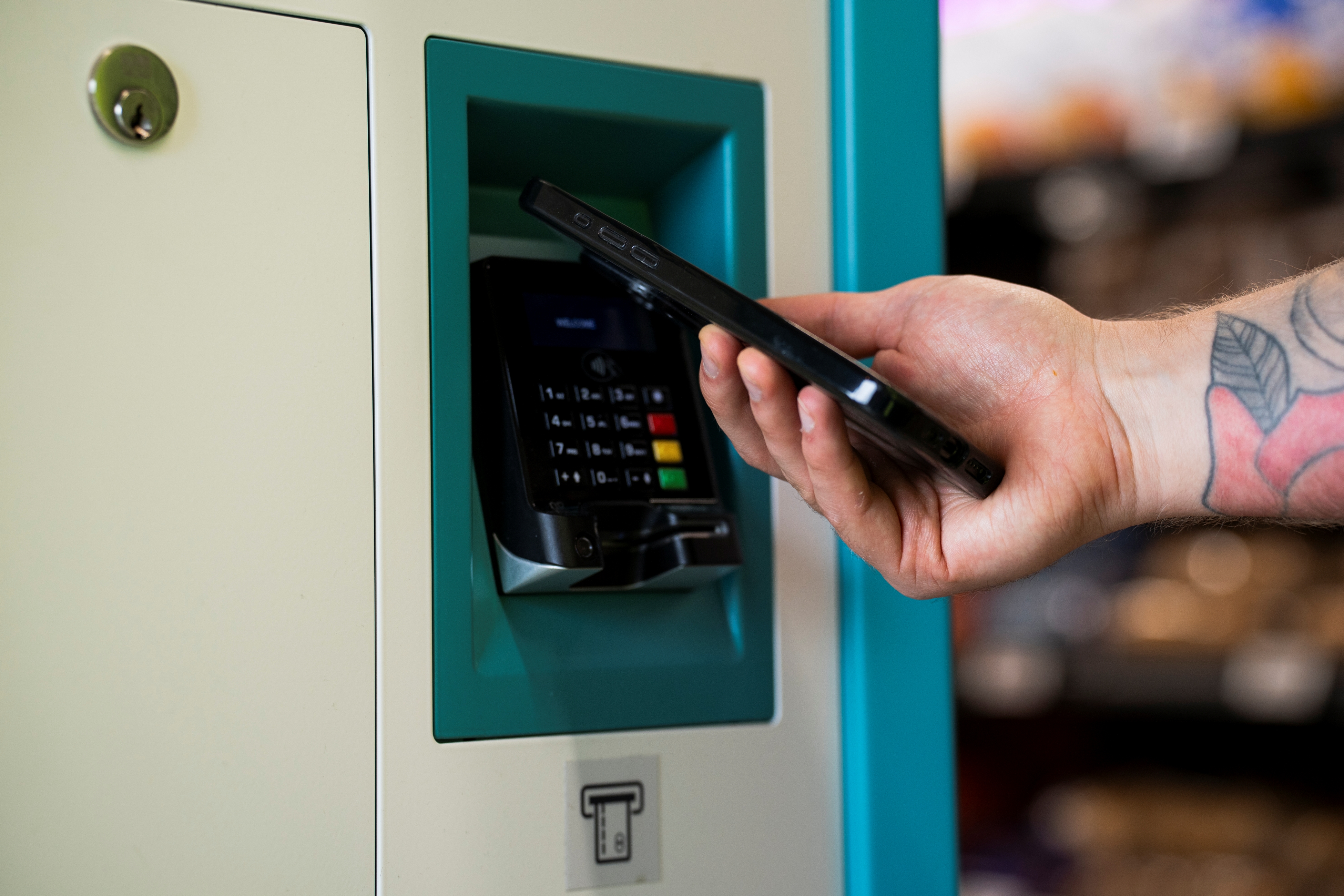
Wie SNAP Trucker unterstützt
SNAP ist für die Akteure des Sektors ein Wendepunkt, denn es bietet digitale Lösungen, bei denen Sicherheit und Komfort im Vordergrund stehen. Fuhrparkunternehmen und Lkw-Fahrer haben jetzt Zugang zu einem wachsenden Netz von Diensten, die die Fahrten reibungsloser und sicherer machen.
Digitaler Komfort
Das Herzstück unseres Angebots ist unser digitaler Marktplatz, der verschiedene Aspekte rationalisiert:
● Zahlungen: SNAP wird in ganz Europa alle 13 Sekunden zur Bezahlung von Raststättendienstleistungen verwendet und erspart den Lkw-Fahrern das Ausgeben aus der eigenen Tasche und die spätere Abrechnung der Ausgaben.
Parken: intruck hilft Autofahrern, Parkplätze entlang ihrer Route zu finden und im Voraus zu reservieren, wobei viele von ihnen über erweiterte Sicherheitsoptionen verfügen, um die Sicherheit zu erhöhen.
● Einfache Dienstleistungen: Über unsere Plattform können Lkw-Fahrer mit dem Nummernschild ihres Fahrzeugs für Parken, Waschen und andere Dienstleistungen bezahlen.
Sicherheit geht vor
Dies hat für uns weiterhin höchste Priorität. Vor kurzem haben wir unser Netz um Standorte in Österreich, Bulgarien, Tschechien, Griechenland, Ungarn, Italien und Rumänien erweitert. Viele dieser Standorte verfügen über eine verbesserte Sicherheitsinfrastruktur, die dem dringenden Bedarf an sicheren Nachtparkplätzen Rechnung trägt.
Darüber hinaus verfügen wir über eine eigene Abteilung, [SNAP Access & Security] (https://snapaccessandsecurity.com/), die maßgeschneiderte Lösungen zum Schutz des Geländes vor kriminellen Handlungen im Frachtbereich anbietet und die Sicherheit von Fahrern und Fracht insgesamt erhöht.
Mit SNAP in die Zukunft blicken
Die Lkw-Fahrer sind mit unseren Lösungen äußerst zufrieden. Tatsächlich zogen 80 % der Fahrer, mit denen wir bei Veranstaltungen in Großbritannien sprachen, SNAP gegenüber anderen Zahlungsmethoden vor, und 74 % der europäischen Lkw-Fahrer äußerten den Wunsch, dass sich weitere Dienstleistungspartner unserem Netzwerk anschließen.
Und da wir unser Netz und unsere Lösungen kontinuierlich ausbauen und weiterentwickeln, können sich die europäischen Lkw-Fahrer auf mehr Optionen freuen, die für mehr Sicherheit, Komfort und Effizienz auf der Straße sorgen. Indem wir uns um zentrale Anliegen wie sicheres Parken und optimierte Zahlungen kümmern, ebnen wir den Weg für eine besser vernetzte und unterstützende Lkw-Branche in ganz Europa.
Wenn Sie mehr über SNAP erfahren möchten, rufen Sie unser freundliches Team unter +44 (0)1603 777242 an.
